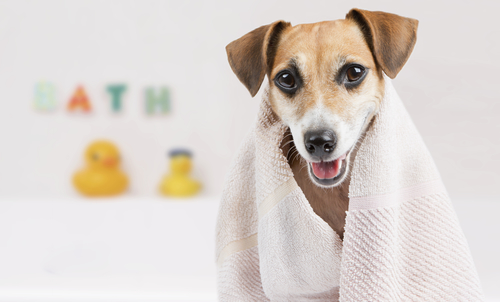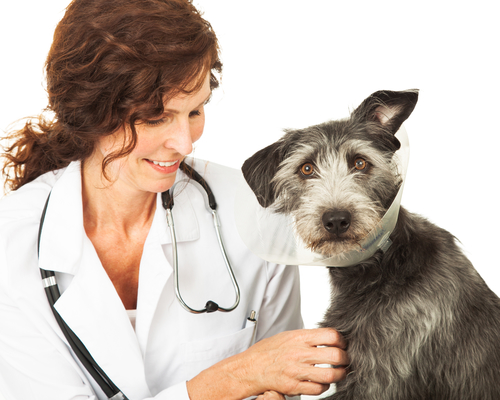Taking care of your dog is important for his health and well being. Your dog is a part of your family and depends on you for all of his needs. As your family member, you want to ensure that he has the proper nutrition to remain active and happy. Here are some tips on proper nutrition for your baby.
Seven Essential Nutrients
The most important nutrient for your dogs health is water. His body is made up of about 60 percent water, and puppy’s bodies contain 84 percent water. Loss of that can cause problems that are difficult to overcome. You want to make sure that you keep him properly hydrated daily.
Carbohydrates and fats are both high in energy which is essential for proper nutrition. Fats are available in plant and animal products, and dry dog food usually contains at least half percentage of carbohydrates.
Vitamins are essential to help your dog process biochemicals which are chemicals created and used by people. Minerals aid with nerve conduction, and egg protein, chicken breast protein powder, and even chicken protein gravy is especially important for dogs because they are carnivorous animals.
Foods to Avoid
There are certain foods that you shouldn’t feed your dog because they can cause serious health issues or even death. Some of them include:
- Chocolates and sugar
- Caffeine products
- Citrus extracts
- Dairy products
- Onions and garlic
You should make sure your dog doesn’t have bones which can splinter and cause major intestinal problems. Fatty foods are also bad for a dog’s digestive system.
Many people feed their dog table scraps when they are eating or when they’ve finished. This is a bad idea because there are things in food like garlic and onions that can cause issues. Another reason is the more your dog eats scraps, the less they will be likely to eat their food which can cause a lack in the proper nutrients they need.
Treats are good as a snack or to reward your dog for something they do. Some treats have other ingredients that are good for dogs that may not be found in their food.
Obesity in Dogs
Overfeeding your dog or not allowing him to exercise enough can cause obesity. 40 to 50 percent of dogs end up becoming overweight at some point in their lives. Because of this, they have a better chance of contracting diseases such as cancer and heart disease.
Supplements
Adding supplements to your dog’s diet can be a good way to ensure that he gets the proper nutrients he needs especially when he gets older. There are supplements for arthritis and joints, skin and coat, food supplements for digestion and extra nutritional supplements. Antioxidants slow the aging process by protecting the body from damage of free radicals, and multi-vitamins provide essential nutrients for the entire body.
There are supplements available for different ages, health issues and breeds. Your veterinarian can recommend a good supplement for your dog according to his needs.
What Proper Nutrition Does for Your Dog
Proper nutrition allows your dog to grow and develop in a healthy manner. Your dog will remain mentally and physically well. Puppies should be eating dry dog food by the age of eight weeks old, and they require twice the energy than an adult dog. It’s best to get your puppy a food that contains at least 30 percent protein.
Proper nutrition allows your dog to have good muscle tone, their skin and coat will remain healthy and their digestion system will work properly. It also allows the immune system to work well with less chance of your dog contracting an illness.
What to Look for in Dog Food
You should always read the label on your dog’s food before buying it to ensure that it contains quality pet food ingredients. On higher quality food, a meat will be listed as the first or second ingredient. This means that the food has a high percentage of protein in it. Make sure that the food you buy him is fit for his age. Outdoor dogs will need a higher amount of protein because they are more active. Working dogs and puppies require more calories. Your vet can help you determine which dog food is essential for your dog’s health.
Overall
You dog is and will always be a big part of your family. He depends on you to ensure that he has the proper nutrition to remain healthy. He provides you with unconditional love and is there for you whenever you want him to be. Show him how much you love him by providing him with a healthy diet, and he will provide you with that love for many years.




